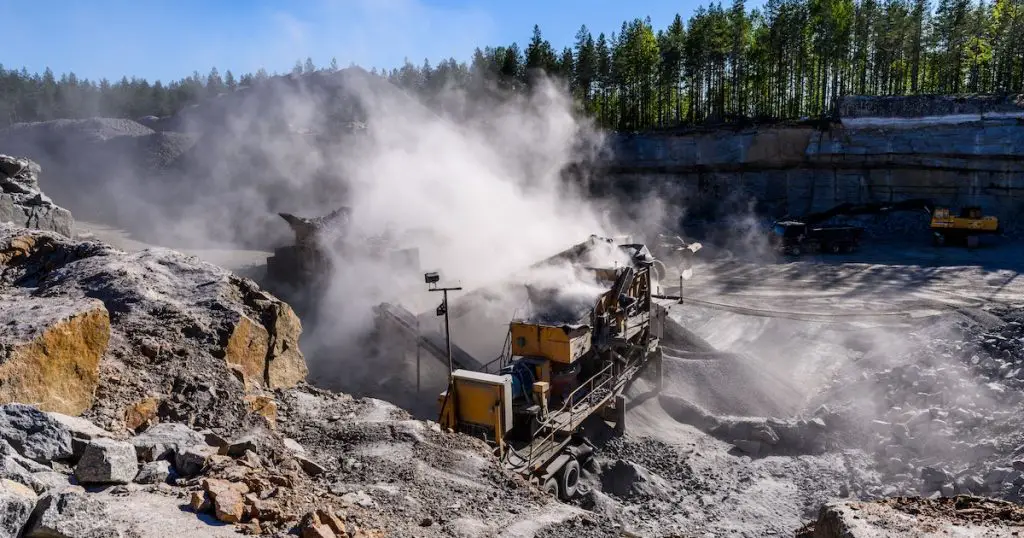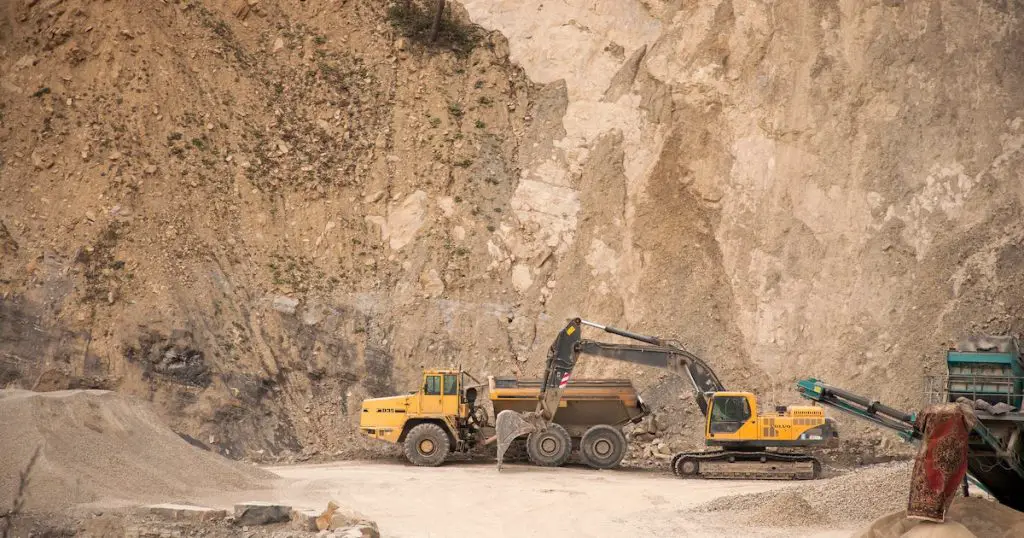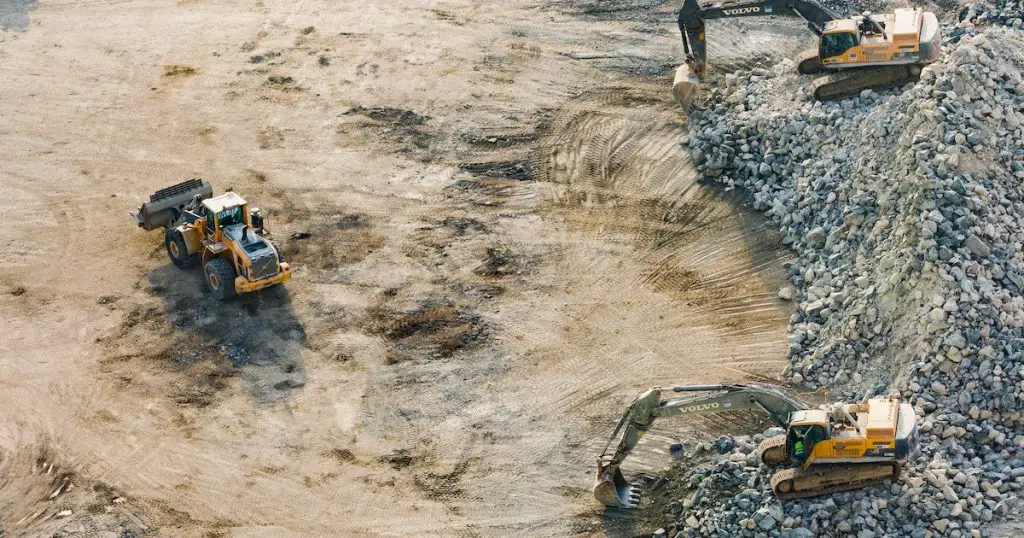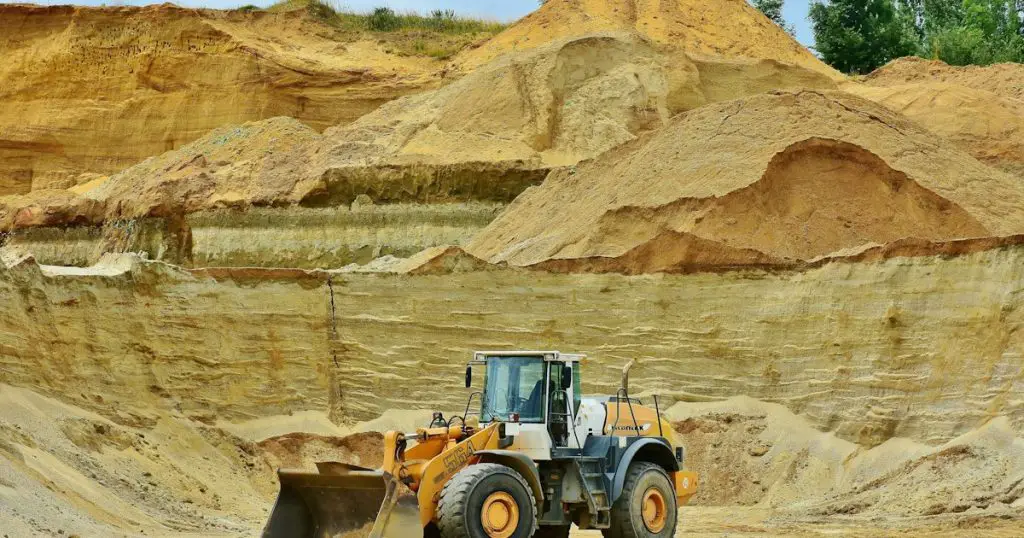Prescott, with its rich tapestry of history, has long captured the imaginations of adventurers, historians, and residents alike. At the heart of its allure is the legacy of the historic mining communities and settlements around Prescott.
These bustling towns, which once thrived on dreams of gold and silver, are now reminders of an era gone by, whispering tales of ambition, hardship, and resilience.

Early Beginnings
The Prescott region, nestled amidst the mountains of Arizona, was not always synonymous with mining. The land, initially revered by its Native American inhabitants, slowly unveiled its mineral riches as the 19th century dawned.
A blend of geological fortune and human ambition, the early mining endeavors were small-scale, often driven by lone prospectors or families. These pioneers would traverse treacherous terrains, armed with nothing but pickaxes, dreams, and determination. Their endeavors laid the groundwork for what would soon become a booming industry, attracting people from all walks of life.
The Mining Boom Era
By the mid-19th century, word of the region’s mineral wealth had spread far and wide. The influx of miners, entrepreneurs, and settlers was palpable. Towns sprouted, almost overnight, around major mining sites, driven by dreams of striking it rich.
Such was the magnetic allure of this new frontier that people from all over America, and even beyond, flocked to Prescott. The promise of gold, silver, and other precious minerals was too tempting to resist. This mass movement not only shaped the socio-economic fabric of the region but also left an indelible mark on its cultural landscape.
Notable Mining Communities
Jerome, perched on the steep slopes of Cleopatra Hill, is perhaps the most iconic of these mining towns. Once dubbed “The Wickedest Town in the West,” Jerome’s boisterous reputation was well-earned. The town was a hive of activity, with saloons, brothels, and gambling dens aplenty.
However, with prosperity came challenges. Fires, land disputes, and diminishing ore quality eventually saw Jerome’s star wane. Yet, even today, the town’s architectural remnants stand as a testament to its glorious past.
Just south of Prescott lies Walker, a community with a different tale to tell. Here, the mining community was more tight-knit, with families forming the backbone of operations. The town’s history is peppered with tales of community celebrations, shared hardships, and a collective spirit of resilience.
As the mines deepened, so did the bond among the Walker folks, creating a legacy that is celebrated even today.
Crown King, another gem in Prescott’s mining crown, offers a tale of adaptability. Initially thriving due to its proximity to the railroad, the town faced isolation as rail routes changed. Yet, the community adapted, with many turning to logging and other trades. The mines here, including the famous Horsethief Basin Mine, have left behind relics that draw history enthusiasts from all over.
The Social Fabric of Mining Communities
Mining towns weren’t just about extracting minerals; they were melting pots of cultures, aspirations, and human stories. Daily life in these communities was a blend of hard work, camaraderie, and a shared dream of prosperity.

It’s a common misconception that these towns were dominated by male miners. In reality, women played a pivotal role. From running boarding houses to working alongside men in some of the mines, their contributions were invaluable. Families, too, were an integral part of the community, with children often growing up playing amidst the backdrop of towering derricks and bustling markets.
Innovations & Technologies Introduced
With the rise of mining, came the need for better tools and techniques. Prescott’s mining communities were at the forefront of adopting innovations. From the simple hand drill to more advanced steam-driven machinery, the landscape of mining underwent a radical transformation.
Infrastructure, too, received a major boost. Roads, bridges, and rail tracks crisscrossed the region, facilitating movement and trade. Many of these infrastructural marvels, like the Prescott & Eastern Railroad, played a crucial role in the area’s development.
Economic Implications
The prosperity of the mining towns had ripple effects far beyond their borders. Wealth from the mines not only lined the pockets of entrepreneurs but also boosted local economies. Businesses thrived, property values soared, and for a while, Prescott seemed invincible.
However, such economic booms often come with pitfalls. Wealth distribution was lopsided, with mine owners and investors enjoying the lion’s share. This led to socio-economic disparities, with workers often living in stark contrast to the opulence of the elite.
The Cultural Impact
Mining didn’t just shape the economy; it deeply influenced the cultural tapestry of the region. Tales of mining exploits found their way into literature, while folk songs echoed the aspirations and challenges of the miners. Annual events, like the Gold Rush Days, became an intrinsic part of the community’s cultural calendar.
The diversity of the settlers also meant a melting pot of traditions, cuisines, and festivals. This rich cultural amalgamation is still evident in Prescott’s vibrant arts and heritage scene.
Environmental Impacts
Mining, for all its economic benefits, left undeniable scars on the environment. Vast tracts of land were deforested, rivers polluted, and ecosystems disrupted. The once-verdant landscapes bore the brunt of human ambition.

Thankfully, reclamation efforts have been underway for decades. Various organizations and community groups have spearheaded projects to rehabilitate mining lands, ensuring that the region’s natural beauty is preserved for future generations.
Decline & Transition
As with all booms, the mining frenzy couldn’t last forever. External factors like global economic downturns, coupled with depleting ore reserves, sounded the death knell for many mines. Communities had to adapt or perish.
While some towns faded into oblivion, others like Jerome and Crown King transformed themselves. Tourism, arts, and heritage conservation became the new lifelines. These towns, with their unique charm, now attract visitors eager to relive the golden days of mining.
Preservation Efforts & Modern Engagement
The mining legacy of Prescott is too precious to be forgotten. Museums, like the Sharlot Hall Museum, have curated exhibits showcasing mining artifacts, photographs, and oral histories. Events and guided tours allow visitors to step back in time, soaking in the atmosphere of a bygone era.
Moreover, there’s a renewed interest in preserving historic mining sites. Conservation projects ensure that these relics are not lost to the sands of time, serving as educational tools for future generations.

Frequently Asked Questions:
In this section, we will be delving into some of the most common inquiries and curiosities that surround our topic.
Why did the mining boom in Prescott end?
Multiple factors contributed to the decline. Depleting ore reserves meant that mines were no longer as profitable. Global economic downturns impacted the demand for minerals. Locally, water shortages and technical challenges in deeper excavation further strained operations. All these combined to make mining less viable over time.
How did the mining communities cope with the decline?
Many communities adapted by diversifying their economies. While some residents moved in search of better opportunities, others turned to sectors like tourism, agriculture, and local crafts. Towns like Jerome reinvented themselves as tourist destinations, showcasing their rich history to visitors from around the world.
What is the significance of preserving these historic mining sites?
Preserving these sites is crucial for multiple reasons. They serve as a testament to the region’s rich history, offering insights into the lives and aspirations of those who once lived there. Additionally, they have educational value, helping future generations understand the impact of mining on socio-economic and environmental landscapes.
Are there any operational mines left around Prescott today?
While large-scale mining operations have ceased, there are small-scale mining endeavors and hobbyist groups that still engage in prospecting, particularly for gold. However, these are not comparable to the mining operations of the boom era.
How can one experience the mining history of Prescott in the modern era?
There are various ways to delve into Prescott’s mining past. Museums, like the aforementioned Sharlot Hall Museum, offer curated exhibits. Guided tours are available in some old mines, allowing visitors to experience the mining life firsthand. Annual events, historical reenactments, and community fairs also celebrate the region’s rich mining heritage.
Conclusion: Historic Mining Communities and Settlements Around Prescott
The historic mining communities and settlements around Prescott have left an indelible mark on Arizona’s cultural, economic, and social landscapes. While the clang of pickaxes and the hustle and bustle of mining towns may have faded, their legacy lives on. Today, as we walk the streets of Jerome or wander through the exhibits of local museums, we are transported to an era of dreams, determination, and sheer human spirit.
These stories, of communities that rose on the promise of gold and adapted with changing times, are not just tales of the past. They are timeless lessons in resilience, innovation, and the enduring human quest for prosperity. In preserving and celebrating this heritage, we ensure that the golden dreams and dusty memories of Prescott’s mining communities continue to inspire for generations to come.



Leave a Comment
You must be logged in to post a comment.